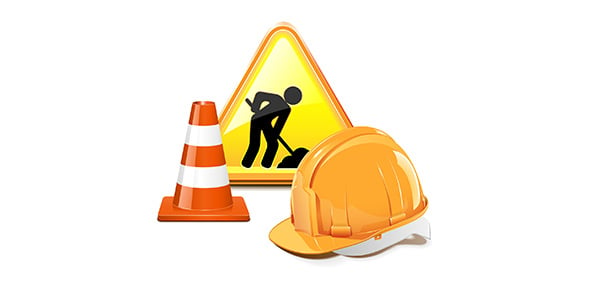4th Year Internal Ce-b ( Set-a)
- ACI
- ASTM
- ISO
2.
You may optionally provide this to label your report, leaderboard, or certificate.
×
Thank you for your feedback!
















